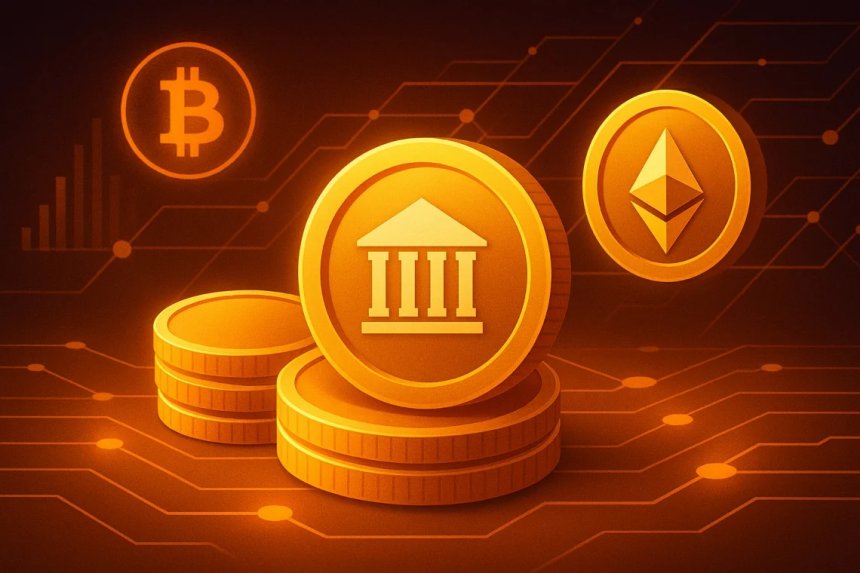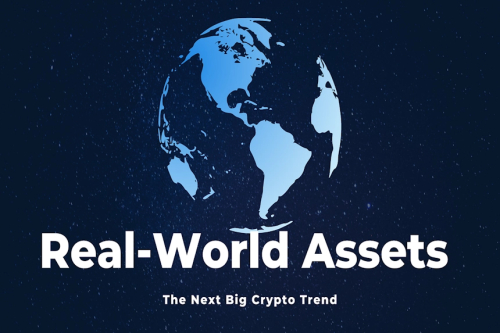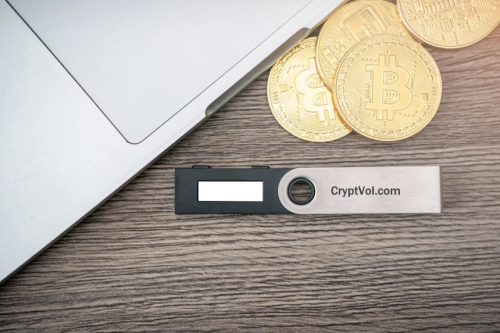Why Stablecoins Are the Bridge Between Traditional Finance and Crypto
Stablecoins are becoming the key link between traditional finance and crypto. Learn how USDT, USDC, and others provide stability, adoption, and trust in digital assets.
When people think of cryptocurrency, the first names that usually come to mind are Bitcoin or Ethereum — assets known for their price volatility. But not all cryptocurrencies are volatile. Stablecoins, as their name suggests, bring stability to the crypto ecosystem by pegging their value to traditional assets like the U.S. dollar or euro.
This unique feature makes stablecoins the perfect bridge between the worlds of traditional finance (TradFi) and cryptocurrency.
🔹 1. Stability in a Volatile Market
Unlike Bitcoin or other altcoins, stablecoins such as USDT (Tether), USDC (USD Coin), and DAI are designed to maintain a 1:1 peg with fiat currencies.
-
Traders use them as a safe haven during market crashes.
-
Investors move into stablecoins to lock profits.
-
Businesses use them for payments without worrying about sudden price drops.
🔹 2. Widespread Adoption by Exchanges and Businesses
Most major crypto exchanges (Binance, Coinbase, OKX, Bitget, MEXC) use stablecoins as their primary trading pairs. Beyond exchanges:
-
Some companies accept stablecoin payments for goods and services.
-
Remittances are faster and cheaper when sent in stablecoins compared to banks.
-
DeFi protocols use stablecoins for lending, borrowing, and yield farming.
🔹 3. The Gateway for New Users
For many people entering crypto for the first time, buying Bitcoin feels risky. Stablecoins act as a beginner-friendly entry point:
-
Easy to understand (“1 USDC = $1”)
-
Available on most exchanges and wallets
-
Familiar to traditional investors
🔹 4. Bridging DeFi and Traditional Banking
Stablecoins are not just useful in crypto exchanges; banks and payment providers are also exploring them:
-
Visa and Mastercard have piloted USDC transactions.
-
Some governments are considering central bank digital currencies (CBDCs), inspired by stablecoin models.
-
They allow faster cross-border settlements compared to SWIFT transfers.
🔹 5. Risks and Challenges
Despite their benefits, stablecoins come with potential risks:
-
Centralization: Fiat-backed stablecoins rely on issuers holding reserves.
-
Regulation: Governments are increasingly scrutinizing them.
-
De-pegging Risks: As seen with Terra’s UST collapse, algorithmic stablecoins can fail.
🔮 Final Thoughts
Stablecoins are more than just another type of cryptocurrency. They are the missing link between traditional finance and the decentralized future of money.
While Bitcoin represents freedom and Ethereum enables innovation, stablecoins bring the trust and stability needed for mass adoption.
👉 The big question is: Will governments regulate stablecoins out of existence, or embrace them as part of the new financial system?
Share
What's Your Reaction?
 Like
1
Like
1
 Dislike
0
Dislike
0
 Love
0
Love
0
 Funny
0
Funny
0
 Angry
0
Angry
0
 Sad
0
Sad
0
 Wow
0
Wow
0














